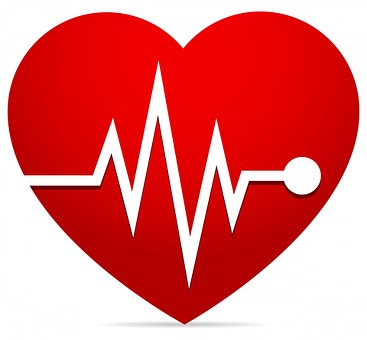A new way to look at working out.
Did you know that when you work out it is for the benefit of your brain? Building muscles is a side effect?
Shutting down or cutting off access to activity is literally killing people’s brains and diminishing cognitive functioning.

I always say movement and fascia stretching are the secrets to a pain-free life, but it goes beyond that now. Movement saves our brain as we age.
Studies have shown that brains are shriveling, and not because they are becoming more efficient.
Chet Sherwood, an evolutionary neuroanatomist at George Washington University in Washington, D.C., examined the brains of chimps. What he discovered was that chimpanzees’ brains did not diminish at all, but human brains dismissed globally as we become more sedentary. Learning something new every day supports only a fraction of our brain health.
The study discovered that the gray matter of the human frontal lobe shrank an average of about 14% between the age of 30 and 80, and the gray matter of the hippocampus about 13% over the same period.
But shrinkage of white matter was even more severe. The white matter of the frontal lobe shrank about 24%, similar to the white matter volume decrease in most other brain regions measured.
One could hypothesize the difference between animals and humans; the most significant difference is movement and a healthy diet. Although animals experience stress, they have an innate ability to move through it or resolve it. In contrast, humans often get stuck in the neurological loop, which causes neurotransmitter deficiencies that deplete the brain of essential nutrition.

Not all movement is created equal. The best type of movement for the brain is raising your heart rate to 80% of its maximum for approximately a half-hour every day.
Stretching and weight training is secondary to brain health and prevention of dementia. Activities that deplete the body of nutrition for long periods of time can become catabolic and destroy muscle and brain tissues.
3 ways to raise your heart rate at any age:

- Walking – How you walk matters to brain health
- Walk with arms swinging overhead for 20 steps every 5 minutes
- Walk backwards and sideways
- Walk at a pace that increases your heart rate
- Don’t be looking at your phone while walking; that makes you more prone to fall or stumble. The head position of looking at your phone distorts your fascia and creates a forward head position that restricts blood flow to the brain.
- Dancing – Dancing improves brain function and boosts memory. It also reduces the risk of dementia, helps coordinate connections to the right and left hemispheres of the brain, and helps the brain communicate and improve spatial memory. A study by Albert Einstein College of Medicine found that dancing is associated with a 76% reduced risk of dementia among the participants.
- Hiking – Walking uphill is an excellent way to keep your heart rate up. Great for motor coordination, stability, and balance.
- Increases blood flow to the brain, which reduces dementia
- Has an anti-inflammatory response in the body
- Gets your lymphatics moving
We were once a society of movers and builders, continually challenging our brains.
Now we are a society of watching a screen in our hands and continually looking down.
What we do the most our body adapts to.
The secret to a younger brain at any age is to keep moving, have fun, laugh, and stop watching the news. Get outside, breathe fresh air, eat real food, and do one new activity every day.
Remember, get your heart rate up at least 30 minutes a day.

